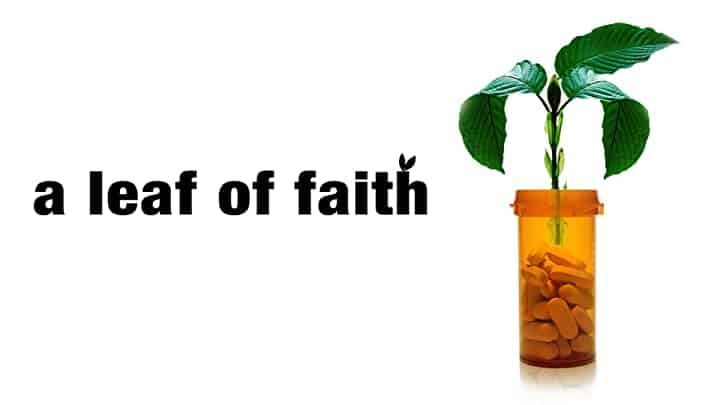- Home
- Shop
Kratom by Effect
Kratom by Color
Other Products
SALE!!

- FAQs
- Blog
- Useful Info
Kratom by Symptom

Kill the pain, not the patient
The documentary takes a deep dive into the benefits, dangers and lingering questions around kratom leaf as an alternative to opioid painkillers.”
– A FILM BY CHRIS BELL
- Testimonials
- Contact
- Home
- Shop
Kratom by Effect
Kratom by Color
Other Products
SALE!!

- FAQs
- Blog
- Useful Info
Kratom by Symptom

Kill the pain, not the patient
The documentary takes a deep dive into the benefits, dangers and lingering questions around kratom leaf as an alternative to opioid painkillers.”
– A FILM BY CHRIS BELL
- Testimonials
- Contact

Rituals of Relief: Kratom and Pain Management
Kratom and Pain Management
In a world that often treats pain as something to silence or suppress, what if we approached it differently? What if, instead of reaching for a quick fix, we created space for healing – rituals that honor the body, calm the mind, and restore balance?
Kratom, a botanical ally with deep roots in Southeast Asia, offers more than just physical relief. When used with intention, it becomes part of a daily rhythm – a ritual -that transforms pain management into a mindful act of self-care.
Ancient Wisdom, Modern Wellness
For centuries, Kratom leaves have been used by farmers, monks, and healers across Southeast Asia. In places like Thailand and Indonesia, it wasn’t just consumed for energy or relief—it was part of a larger cultural practice. Shared in ceremonies, brewed into teas, and respected as a sacred plant, Kratom was woven into the fabric of daily life.
This reverence mirrors South Africa’s own relationship with indigenous plant medicine. From imphepho to rooibos, we’ve long understood that healing isn’t just about chemistry – it’s about connection. Kratom fits naturally into this lineage of botanical wisdom.
From Supplement to Ritual
Pain is personal. So is healing. That’s why Kratom works best; not as a one-size-fits-all solution, but as part of a personalized ritual. Here are a few ways to integrate it into your day:
Morning Brew: Start your day with a warm Kratom tea blended with rooibos and lemon balm. This gentle combination supports clarity and calm, easing you into the day without the jolt of caffeine.
Midday Reset: A small dose of green vein Kratom can help manage tension and support focus during high-stress hours. Pair it with a short walk or breathwork session to reset your nervous system.
Evening Unwind: Red vein Kratom, known for its relaxing properties, can be part of a wind-down ritual. Sip it slowly while journaling, stretching, or listening to ambient music. Let it signal to your body that it’s safe to rest.
These aren’t just routines – they’re rituals. Anchors in your day that say: “I’m listening to my body. I’m choosing presence over panic.”
The Science of Stillness
Kratom’s power lies in its alkaloids – particularly mitragynine and 7-hydroxymitragynine – which interact with the body’s opioid receptors. But unlike synthetic opioids, Kratom doesn’t shut down your system. It modulates pain gently, allowing you to stay alert, aware, and in control.
This makes it especially appealing for those seeking natural alternatives to pharmaceuticals. It’s not about numbing the pain – it’s about softening its grip.
Your Ritual, Your Way
There’s no single “right” way to use Kratom. The key is intention. Whether you light a candle before your tea, take a few deep breaths, or simply pause to check in with your body, these small acts turn consumption into ceremony.
Want to track your progress? Create a simple ritual journal. Note your dosage, strain, time of day, and how you feel before and after. Over time, you’ll begin to notice patterns – and power.
Reclaim the Narrative of Pain
Pain doesn’t get to write your story – you do.
By turning relief into ritual, you’re not just managing discomfort; you’re reshaping your relationship with it. Kratom becomes more than a supplement – it’s a symbol of your decision to meet pain with presence, not panic.
Whether you’re sipping a calming tea at sunrise or grounding yourself with breath and botanicals after a long day, each ritual is a quiet act of rebellion against chaos. A reminder that healing isn’t passive – it’s powerful, intentional, and deeply personal.
So here’s to your rituals. Your rhythm. Your relief. And the strength it takes to turn pain into poetry.
